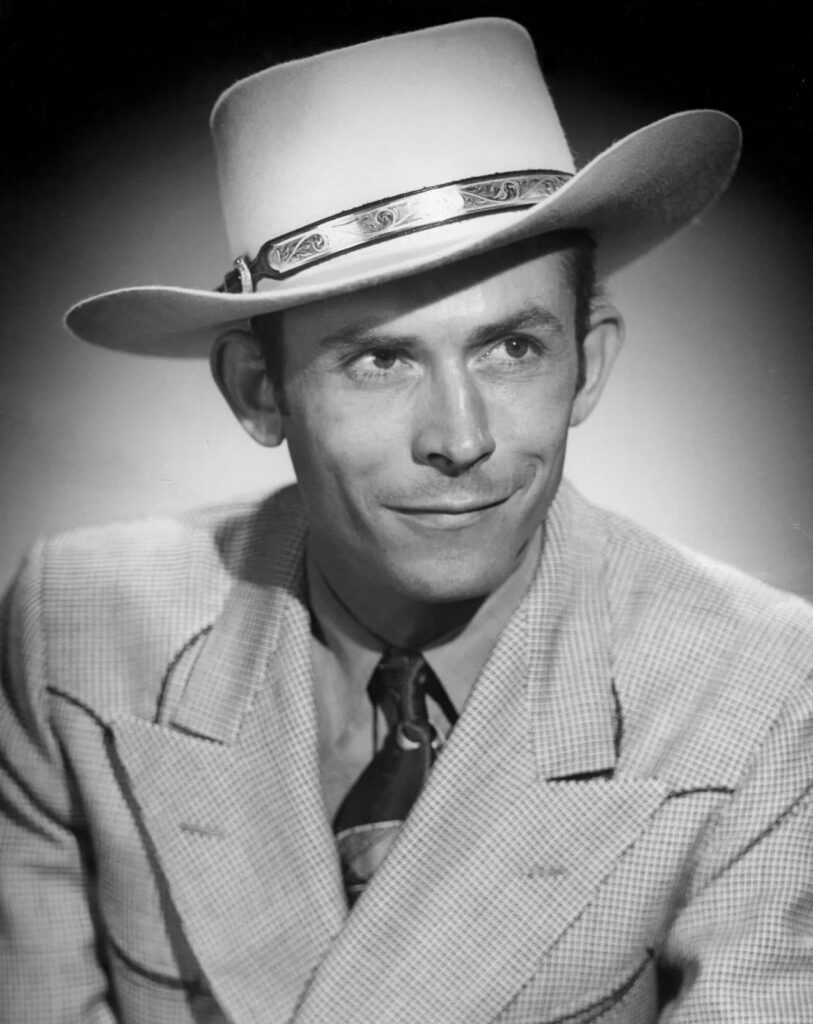
“Lovesick Blues” is a timeless portrait of unrequited love and melancholy.
The Haunting Melancholy of a Lost Love
In the annals of country music, few voices resonate with the profound ache and lonesome beauty of Hank Williams. His music, a stark and honest reflection of the human condition, often feels less like a performance and more like a raw, emotional diary. Among his most iconic and enduring works is “Lovesick Blues,” a song that, despite its jaunty, yodeling-infused delivery, is a masterclass in melancholy. Released on March 1, 1949, this track wasn’t just another hit; it was a cultural phenomenon that cemented Williams’ legacy as a bonafide superstar. It soared to the top of the Billboard charts, holding the number one spot on the Country & Western chart for a remarkable sixteen weeks. Its crossover appeal was undeniable, with the song also reaching number 24 on the pop charts, a testament to its universal theme of heartbreak.
Yet, the story behind this song is as layered as the emotions it conveys. While Hank Williams is inextricably linked with “Lovesick Blues,” he was not its original author. The song was first written by Cliff Friend and Irving Mills and published in 1922. It was a vaudeville-era standard, performed by various artists, but it was Williams who took this tune and, through his singular interpretation, made it his own. His genius wasn’t in the creation of the melody, but in the infusion of his own lived pain and longing into every note. It is said that Williams first encountered the song on a jukebox, performed by Rex Griffin, and was so captivated that he made it a staple of his live performances long before he ever recorded it.
The meaning of “Lovesick Blues” is disarmingly simple, yet it holds a deep, resonant truth. It is a song about unrequited love, a desperate plea from someone consumed by a longing for a lover who has left them. The lyrics paint a vivid picture of a man who is so heartbroken that the physical world around him has lost its color and joy. He’s “lovesick” in the truest sense of the word, a malady that affects his body and soul. The lines, “I got a feeling called the blues, since my baby said goodbye,” and “I don’t know what I’ll do, all I do is sit and sigh, oh, that last long day she said goodbye,” are not just words; they are the sighs and tears of a man whose world has been turned upside down. This raw vulnerability is what made Williams’ performance so compelling, a stark contrast to the lively yodeling that punctuates the song.
The addition of the high-pitched, almost mournful yodel is a stroke of brilliance. It serves as a cry of despair, a lonely call echoing through an empty landscape. Instead of sounding celebratory, the yodel feels like a release of pent-up sorrow, a yelp of anguish that words alone cannot express. For many older listeners, this song is more than just a memory; it’s a feeling. It takes them back to a time when life’s joys and sorrows were often expressed through the simple, honest melodies of country music. It conjures images of dusty jukeboxes in dimly lit honky-tonks, of late-night radio shows, and the quiet comfort of shared heartbreak. “Lovesick Blues” isn’t just a song; it’s an heirloom, passed down through generations, a constant reminder that some feelings, like loneliness and longing, are truly timeless. Its simple structure and profound emotional depth have ensured its place in the pantheon of American music, a testament to the enduring power of a heartbroken man with a guitar and a voice that could break your heart with a single note.